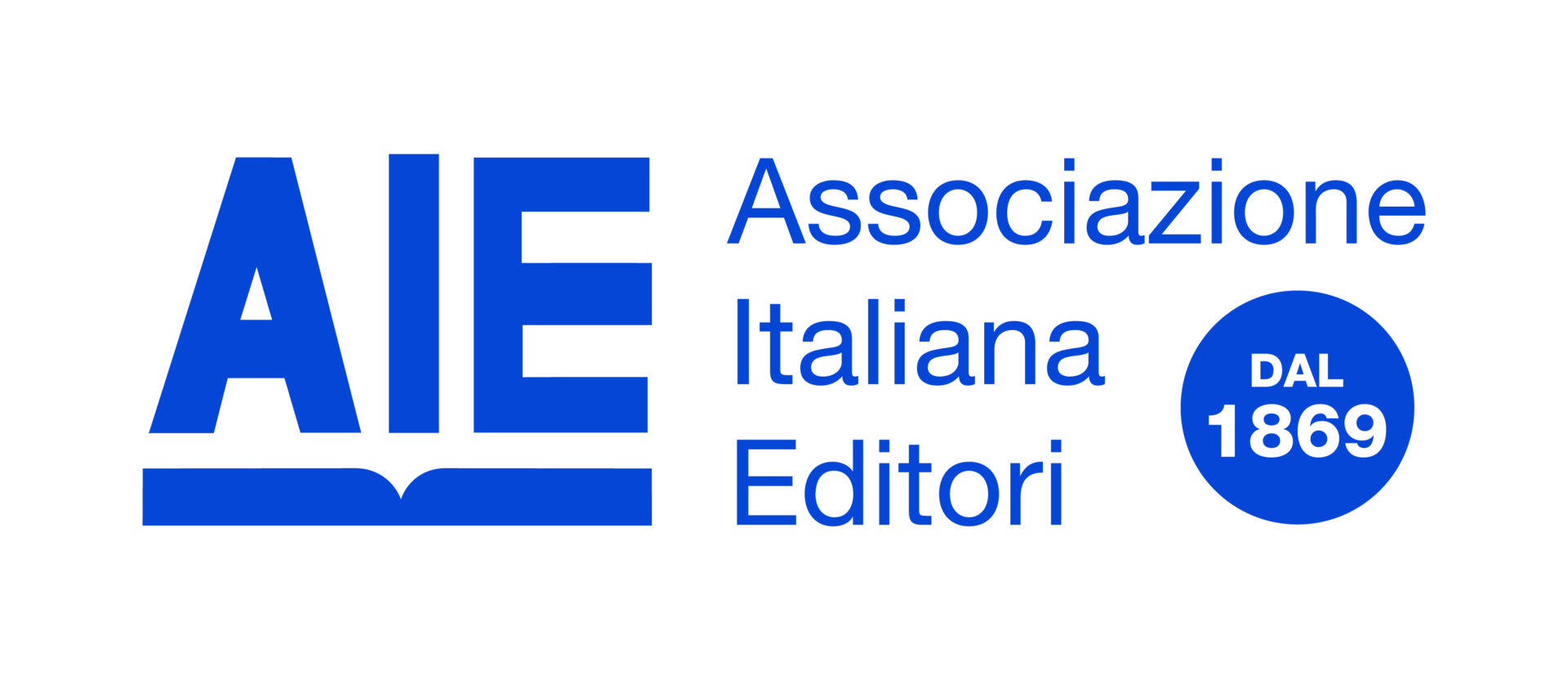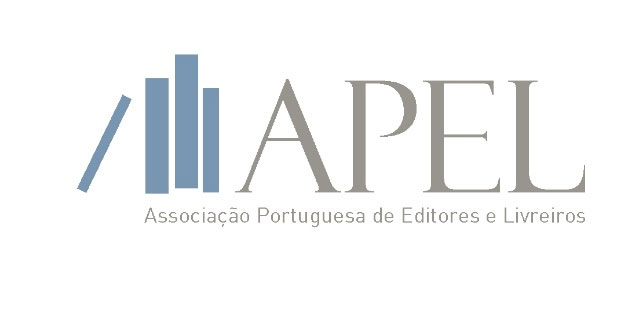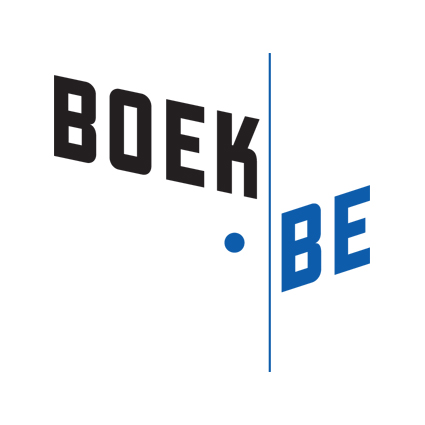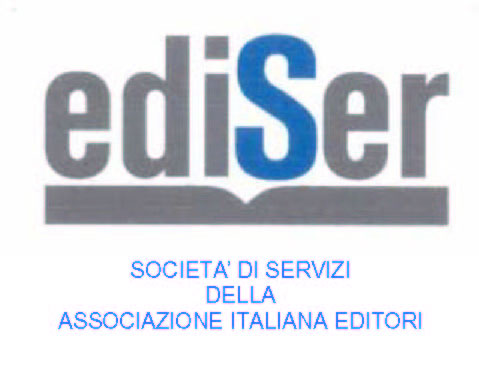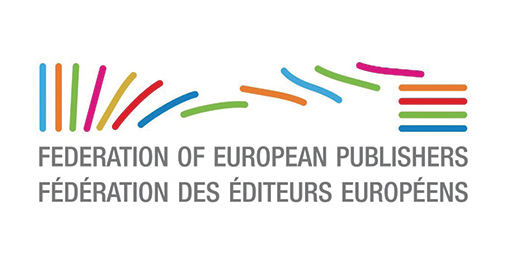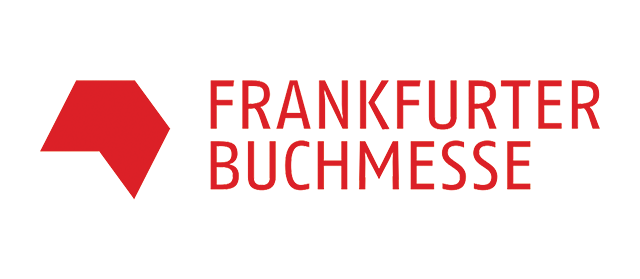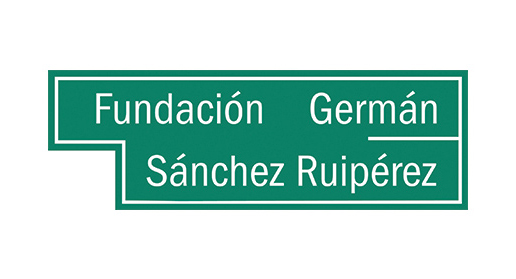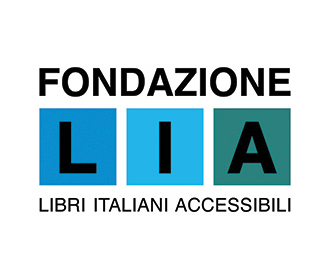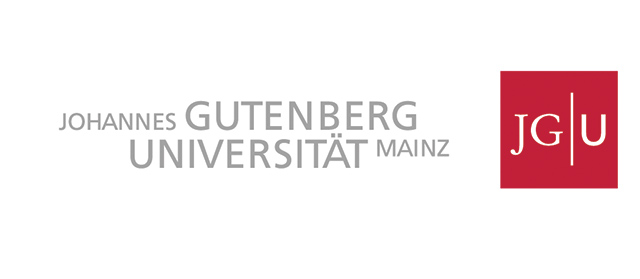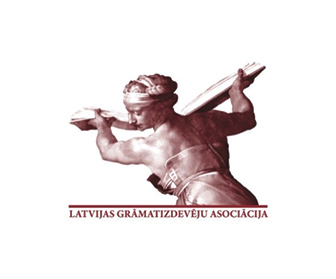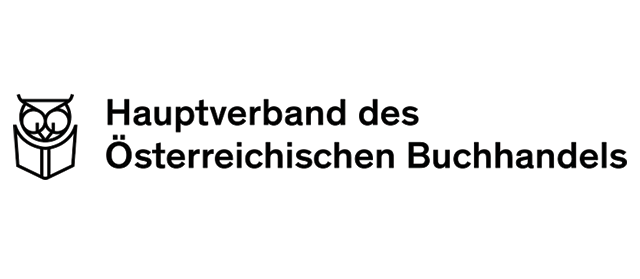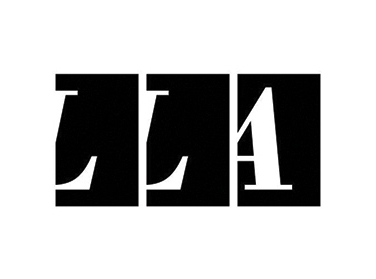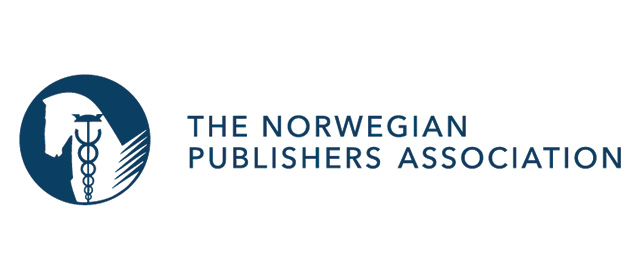“The Lithuanian language still retains an archaic language nature: more precisely it is the most archaic and conservative of the still used Indo-European languages. It is a glottosaur, in other words, a linguistic dinosaur that is not only alive and kicking, but also is one of the official languages of the European Union since May 1, 2004.” states Prof. Dr. h.c. Pietro U. Dini, Italian linguist, Baltic linguist, translator of Lithuanian poetry.
With less than three million Lithuanian-speaking Europeans and a thriving literature, today Lithuanian book publishing market faces challenges of digital world in the heart of the Old Continent.
Publishing in Lithuania over the years of independence has undergone the same developments as its counterparts in Eastern Europe:
- The deterioration of the old structure of publishing;
- The formation of a new one;
- Incredible growth in early 1990s, a decline in the middle 1990s, and a new revival;
- Collapse in 2009 due to financial crisis.
Lithuanian publishers have proved their ability to find their place under the conditions of the market economy and make a substantial contribution to it‘s development. Publishers took main role in education and culture of the new Lithuania despite the difficulties related to the small market, unique language and the challenges it has posed.
Restoration of Lithuania’s independence caused the transition to a market economy, the changes were facilitated and speeded up by the rapid changes in political and social life, the easing of censorship, the amendment of laws related to publishing. Publishing became one of the most profitable industries in the early 90’s, – Golden Age in publishing. The growth stopped due to the crisis in Russia 1999, as well in Europe 2008. A trend towards concentration among publishers and book sllors emerged.
In 2016 there were 509 enterprises that bought an ISBN number and became “publishers” in statistics of National Library. But this formal number does not reflect the real situation.
Book publishers who published 10 or more books per year, select and provided content for Lithuanian readers, were only 65 publishing houses. They published more than 3,300 new titles in 2016, with circulation of 4.6 million copies.
Literature of Lithuanian authors comprise approximately two thirds of all book titles and around a half of the annual circulation in the market.
Among translations of fiction books, the literature of English speaking countries, mainly the USA, UK, Australia, Ireland, and Canada, dominated, which comprises roughly 43% of the literature from other languages.
Even though circulations demonstrate that readers buy and read more translated literature, the newest tendencies have revealed an increasing interest in books by Lithuanian authors. In recent years, the situation in TOP-10 best-selling books has changed considerably as high positions have been held by Lithuanian authors.
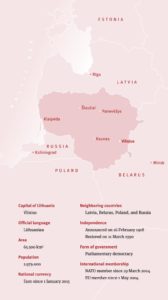
Small publishing houses dominate in the sector. An average publisher is a micro enterprise, which employs an average of 3.5 employee full time and generates slightly more than 200 thousand euro of income per year. As well there is a clear leader “Alma litteraˮ group (including “Šviesaˮ publishing house), which exceeds its closest competitors by several times with respect to its activity volume. For instance, on the basis of the data from 2012–2016, “Alma litteraˮ and “Šviesaˮ released 23% of the sector’s production output (physical units) to the market; its closest competitors (including “Svajonių knygosˮ, “Obuolysˮ, “Tyto albaˮ and “Baltų lankų leidybaˮ) published 4–5% of the overall book circulation.
Traditionally, the main book trade channel is bookshops. In 2016, there were 139 bookshops in Lithuania.
In book retail, two main specialised networks are dominant, which both manage 45% bookshops of the country; these are JSC “Vagos prekyba” which manages 35 “Vaga” bookshop network, and JSC “ALG knygynai”, which manages 33 “Pegasas” bookshop network. The bookshops of large networks are sufficiently evenly distributed throughout the territory of Lithuania. In the market, there are also a number of smaller bookshop networks or individual bookshops. They make up 55% of the total number of bookshops. However, it is complicated for the independent bookshops to compete with the large networks. Successful independent bookshops have the advantage of an individual relationship with a customer and mainly strive for uniqueness, specializing in some area or offering a different range of books compared to the large bookshops. Of course, booksellers today compete for attention and time of the readers.
Pace of modern life, development of entertaining leisure forms, social media and audio-visual information channels, compete with “slow reading”. Today main Lithuanian buyers of books are citizens aged 30–50. They have stable purchasing power and strong reading habits. However, the coming generations have different interests. Therefore, publishers will be forced to look for new ways for the publishing business. But an e-book repertory is still quite narrow. E-publishing in Lithuania still experiences the phase of introduction and research for possibilities. Publishers are testing the market and trying to find creative and effective solutions which would help to expand the readership of such books. The majority of digital books are textbooks for universities and cognitive educational literature. The small market puts limitation on the range of publishing. For example, in Lithuania audio books never gained the popularity that was expected.
There is no consistent monitoring on how many people read books in Lithuania. But it is important to ensure the accessibility of books. Thus, library network plays an especially important role and for the readers, and for the publishers. In 2016, there were 2.5 thousand libraries and their branches in Lithuania (there were 2.8 thousand libraries in 2008). Based on the percentage of residents who visit a library, Lithuania ranks the eleventh place among the EU countries. Nevertheless, Lithuanian publishers and booksellers understand, that reading promotion is one of the main tasks of the participants of book publishing sector.
So Lithuanian publishers celebrate The Second Christmas – this is how they call Vilnius Book Fair, which awaits its fans every February at the Exhibition and Conference Center Litexpo. What makes this fair famous? The fact that it is the biggest book fair in the Baltic States since 2000. Also, it is one of the most significant cultural events in Lithuania. Vilnius Book Fair is exclusively focused on the reader; its main accent is on books and cultural events, as well as on the possibility for authors to interact with their readers. The cultural program is very broad – more than 500 cultural events each year: seminars for professionals, meetings with authors, book presentations, discussions, readings, concerts, performances, films, awards, contests and events for children.



